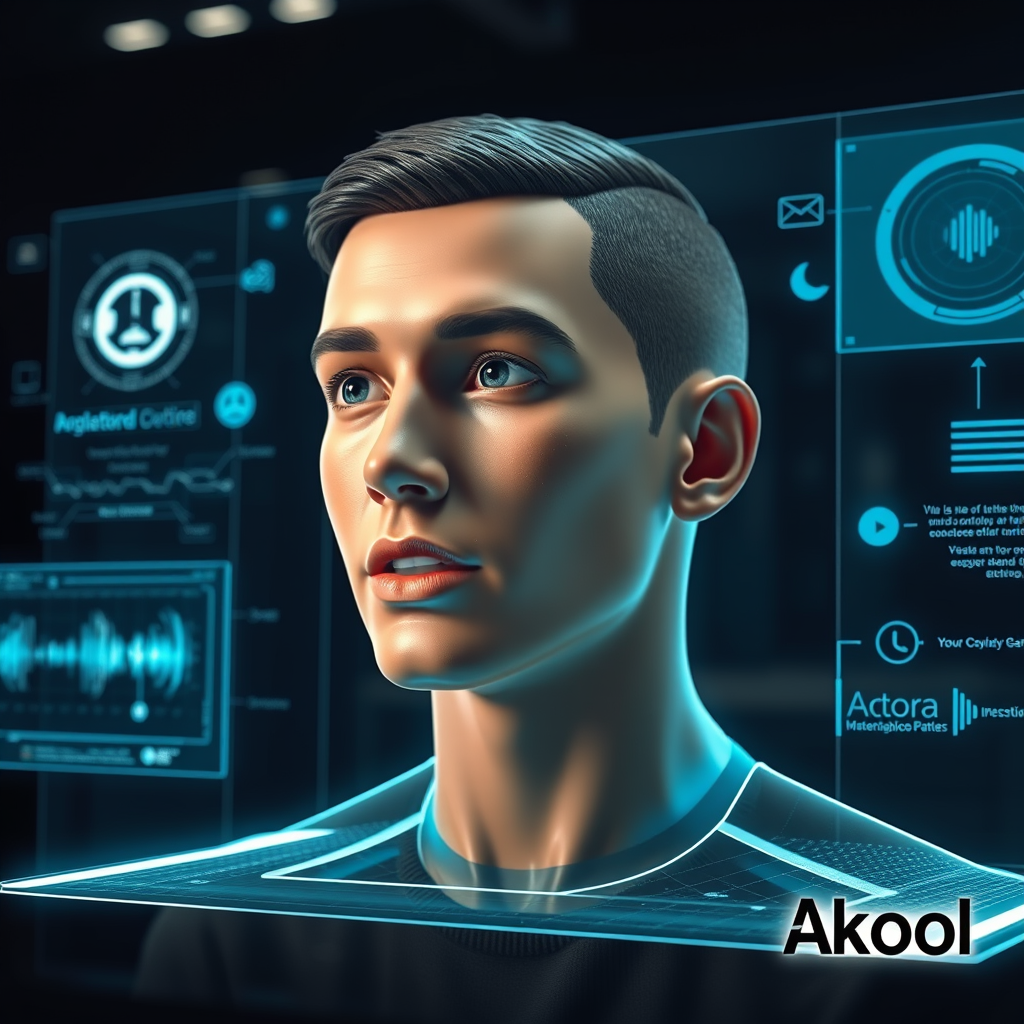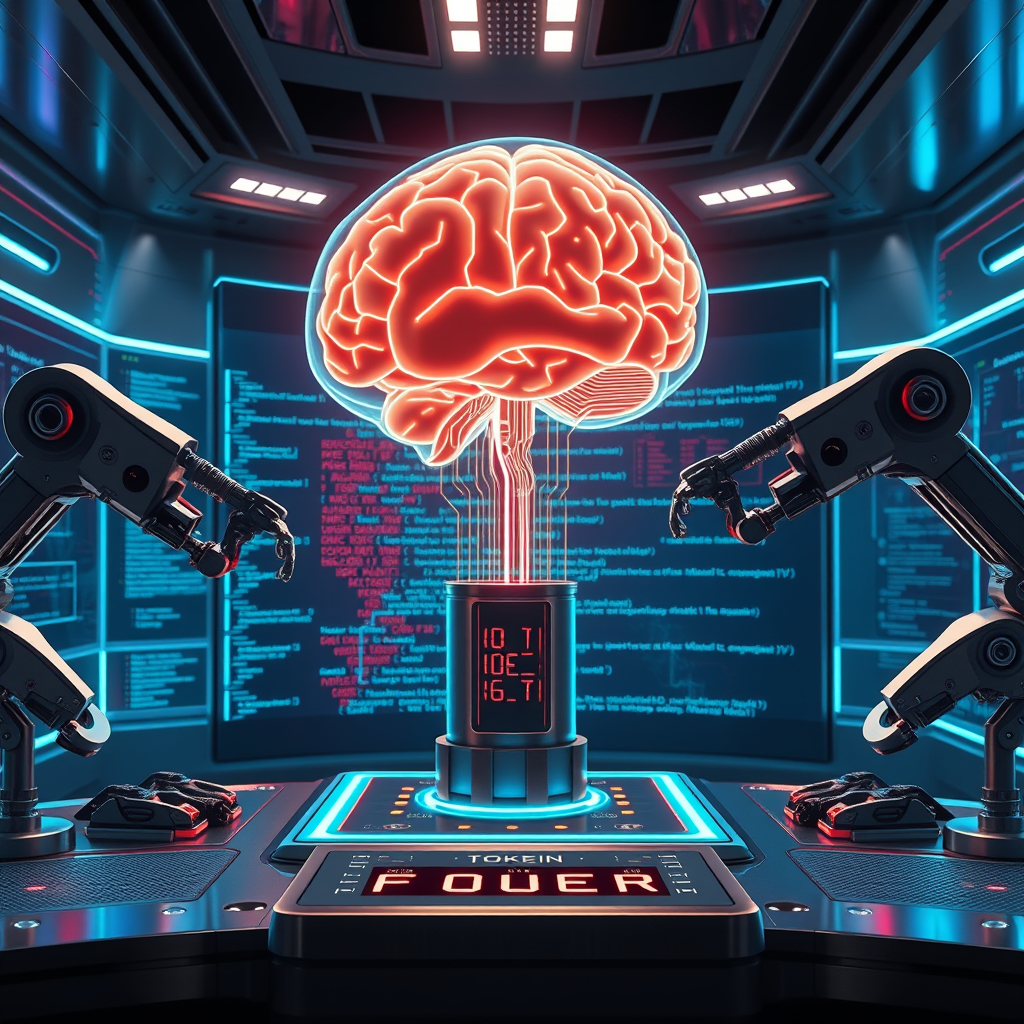
Introduction
The convergence of real‑time conversational AI and lifelike streaming avatars marks a pivotal moment in digital interaction. In a recent partnership, Agora, a leader in real‑time engagement platforms, joined forces with Akool, a pioneer in AI‑driven video and avatar technology. Together they have unveiled a system that marries Agora’s robust voice, video, and chat infrastructure with Akool’s hyper‑realistic avatar rendering engine. The result is a seamless experience where users can converse with AI agents that not only speak but also move, gesture, and respond visually in real time. This integration promises to transform customer service, remote collaboration, gaming, education, and countless other domains by adding a layer of human‑like presence to otherwise text‑centric or voice‑centric interactions.
The announcement comes at a time when the demand for immersive, multimodal communication tools is surging. Remote work, virtual events, and online learning platforms are increasingly seeking ways to reduce the sense of distance between participants. By embedding conversational AI within a visual avatar framework, Agora and Akool address this need head‑on, offering a solution that feels both natural and engaging. The collaboration also underscores a broader industry trend: the shift from isolated AI modules to integrated ecosystems that combine speech, vision, and motion in a single, coherent pipeline.
In this blog post we explore the technical underpinnings of this partnership, the potential applications it unlocks, and the challenges that must be overcome to bring such a system to scale. We will also look ahead to how this technology could shape the future of human‑computer interaction.
Main Content
The Architecture of Real‑Time Conversational AI
At the core of the Agora‑Akool integration lies a sophisticated architecture that orchestrates several moving parts. Agora’s platform provides low‑latency audio and video streams, real‑time messaging, and a suite of APIs that enable developers to embed communication features into any application. Akool’s contribution is a generative avatar engine that can render 3D characters on the fly, driven by both speech content and emotional cues.
The data flow begins with the user’s microphone or camera. Agora captures the audio, transcribes it using its built‑in speech‑to‑text engine, and forwards the text to Akool’s natural language understanding module. This module parses intent, extracts entities, and generates a response. Simultaneously, the response is fed into a text‑to‑speech synthesizer that produces a natural‑sounding voice. The avatar engine receives the same textual input and the synthesized audio, synchronizing lip movements, head turns, and hand gestures to match the speech rhythm and emotional tone. The resulting video stream is then multiplexed back into Agora’s channel, ensuring that all participants receive a unified audio‑visual feed.
Latency is a critical concern in such a pipeline. Each stage—from transcription to intent detection to avatar rendering—must operate within a few milliseconds to preserve conversational flow. Agora’s edge computing infrastructure, combined with Akool’s GPU‑accelerated rendering pipeline, keeps end‑to‑end latency well below the 200‑millisecond threshold that users typically tolerate. This technical synergy is what allows the system to feel instantaneous, even over congested networks.
Streaming Avatars: Bridging the Gap Between Voice and Visual Interaction
Avatars have long been a staple of gaming and virtual worlds, but their application in business communication has been limited by performance constraints and lack of realism. Akool’s technology overcomes these barriers by leveraging deep learning models that predict facial expressions, eye gaze, and body language in real time. The avatars are not static; they adapt to the conversation’s emotional context, providing subtle nods, smiles, or furrowed brows that reinforce the spoken message.
One of the most compelling aspects of the avatar system is its ability to maintain identity consistency across sessions. Users can customize their avatar’s appearance, clothing, and even voice timbre, creating a personal brand that persists across meetings and support calls. This personalization fosters trust and rapport, especially in customer service scenarios where a friendly, approachable presence can significantly improve satisfaction scores.
Moreover, the avatars are designed to be platform‑agnostic. Whether the user is on a desktop, mobile device, or VR headset, the same avatar rendering logic applies. This universality simplifies integration for developers and ensures a consistent experience across devices.
Use Cases and Business Impact
The fusion of conversational AI and streaming avatars unlocks a host of practical applications. In customer support, agents can deploy AI avatars that handle routine inquiries, freeing human representatives to tackle complex issues. The avatars can greet customers, guide them through troubleshooting steps, and even read out product specifications—all while maintaining a warm, human‑like demeanor.
In education, virtual tutors can deliver lessons with animated gestures and expressive facial cues, making remote learning more engaging. The avatars can also adapt to student emotions, pausing when confusion is detected or offering encouragement when progress is made.
The corporate world stands to benefit from virtual meeting assistants that can take notes, summarize discussions, and highlight action items, all while presenting themselves as a helpful, non‑intrusive presence. Because the avatars can be customized to match a company’s brand guidelines, they also serve as a subtle marketing tool during client presentations.
The economic impact of such systems is significant. By automating routine interactions, businesses can reduce labor costs, improve response times, and increase customer satisfaction. Early adopters report measurable gains in first‑contact resolution rates and a noticeable drop in churn.
Technical Challenges and Solutions
Despite its promise, the Agora‑Akool platform faces several technical hurdles. One major challenge is ensuring that the avatar’s visual output remains synchronized with the audio, especially under variable network conditions. To mitigate drift, the system employs a predictive buffering strategy that anticipates packet loss and adjusts rendering accordingly.
Another concern is data privacy. Since the system processes audio, video, and textual data, compliance with regulations such as GDPR and CCPA is paramount. Agora’s platform incorporates end‑to‑end encryption, while Akool’s rendering engine operates locally on the client device, ensuring that raw video frames never leave the user’s hardware.
Scalability is also a key consideration. Rendering high‑fidelity avatars for thousands of concurrent users requires substantial GPU resources. The solution lies in a hybrid cloud‑edge model, where heavy rendering tasks are offloaded to powerful edge servers close to the user, while lightweight tasks remain on the device.
Future Directions
Looking ahead, the Agora‑Akool partnership is poised to explore several exciting avenues. One is the integration of multimodal emotion recognition, allowing avatars to respond not only to spoken words but also to facial expressions captured via webcam. Another is the incorporation of generative visual content, enabling avatars to produce dynamic backgrounds or contextual graphics that enrich the conversation.
The team is also investigating adaptive avatar morphing, where the avatar’s appearance evolves based on user preferences or cultural norms, ensuring inclusivity and broader appeal. Finally, the long‑term vision includes a unified developer SDK that abstracts the complexities of real‑time AI and avatar rendering, making it accessible to a wider range of applications.
Conclusion
The collaboration between Agora and Akool represents a significant leap forward in the realm of conversational AI. By marrying low‑latency communication infrastructure with hyper‑realistic streaming avatars, the partnership delivers an experience that feels both natural and engaging. The technology’s potential spans customer support, education, corporate collaboration, and beyond, promising tangible business benefits and richer user interactions.
As the line between virtual and physical interaction continues to blur, solutions that combine voice, vision, and motion will become increasingly essential. Agora and Akool’s joint effort not only addresses current demands but also lays the groundwork for future innovations in human‑computer interaction.
Call to Action
If you’re a developer, product manager, or business leader looking to elevate your digital communication strategy, consider exploring the Agora‑Akool platform. By integrating real‑time conversational AI with lifelike streaming avatars, you can create experiences that resonate with users, boost engagement, and drive measurable outcomes. Reach out to Agora’s sales team or visit the Akool developer portal to learn how you can start building immersive, AI‑powered interactions today.

